- Have any questions?
- +86-189 8930 5995
- sales@mosinterchem.com.cn
Lithopone B-301 CAS 1345-05-7

Zinc Oxide CAS 1314-13-2
18/12/2018
Cyclohexylthiophthalimide CAS 17796-82-6
18/12/2018| Model: | MOS1345-05-7 |
| Brand Name: | MOSINTER |
| CAS No.: | 1345-05-7 |
| Molecular formula: | BaO5S2Zn2 |
| Molecular weight: | 412.23 |
| Appearance: | White powder |
| Soluble: | Insoluble |
| Odorless: | odorless |
| Density: | Approx. 4.3 g/mL |
| Molar mass: | 330.80 g/mol |
Lithopone B-301 (CAS: 1345-05-7)
| Item | Index |
| Total Zinc Calculated use Zinc Sulfate and Barium Sulfate, % | 99 min |
| Zinc Sulphide, % | 28 -30 |
| Zinc Oxide, % | 0.6 max |
| Volatile at 105℃, % | 0.3 max |
| Water soluble matter, % | 0.4 max |
| Sieve Residue,63um | 0.1 max |
| Oil absorption, g/100g | 14 max |
| Color, compared with the standard sample | Close to standard |
| PH value of aqueous suspension | 6.0-8.0 |
| Tint reducing power | Not less than |
| Hiding power | Not less than of 5% the standard sample |
Lithopone, C.I. Pigment White 5, is an mixture of inorganic compounds, is a widely used as a white pigment powder. It is composed of a mixture ofbarium sulfate and zinc sulfide. These insoluble compounds blend well with organic compounds and confer opacity. It was made popular by the cheap production costs, greater coverage. Related white pigments include titanium dioxide, zinc oxide (“zinc white”), and zinc sulfide.
History
Lithipone was discovered in 1870s by DuPont. It was manufactured by Krebs Pigments and Chemical Company and other companies. The material came in different “seals”, which varied in the content of zinc sulfide. Gold seal and Bronze seals contain 40-50% zinc sulfide, offering more hiding power and strength. Although its popularity peaked around 1920, approximately 220,000 tons were produced in 1990. It is mainly used in paints, putty, and in plastics.
Stability and darkening
Although barium sulfate is almost completely inert, zinc sulfide degrades upon exposure to UV light, leading to darkening of the pigment. The severity of this UV reaction is dependent on a combination of two factors; how much zinc sulfide makes up the pigments formulation, and its total accumulated UV exposure. Depending on these factors the pigment itself can vary in shade over time, ranging from pure white all the way to grey or even black. To suppress this effect, a dopant may be used, such as a small amount of cobalt salts, which would be added to the formulation. This process creates cobalt-doped zinc sulfide. The cobalt salts help to stabilize zinc sulfide so it will not have as severe a reaction to UV exposure.
Production
Lithopone is produced by coprecipitation of barium sulfate and zinc sulfide. Most commonly coprecipitation is effected by combining equimolar amounts of zinc sulfate and barium sulfide:
BaS + ZnSO4→ ZnS • BaSO4
This route affords a product that is 29.4 wt % ZnS and 70.6 wt % BaSO4. Variations exist, for example, more ZnS-rich materials are produced when zinc chloride is added to the mixture of zinc sulfate and barium sulfide.
Barium sulfide is produced by carbothermic reduction of barium sulfate. Zinc sulfate is obtained from a variety of zinc products, often waste, by treatment with sulfuric acid.
Safety
Lithopone is not highly poisonous, reflecting the insolubility of the components. Barium sulfate is used widely in medicine as a radiocontrast agent. Lithopne is allowed to be in contact with foodstuffs in theUSand Europe.
You must be logged in to post a review.

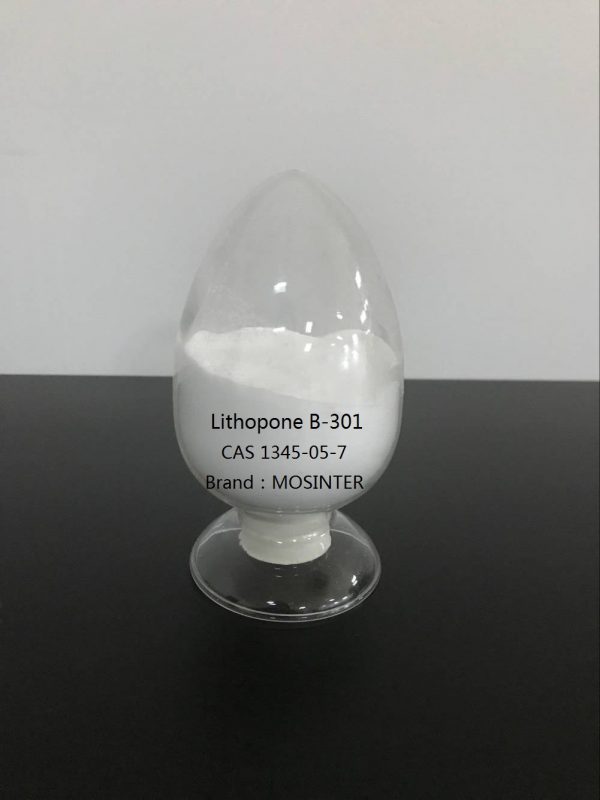
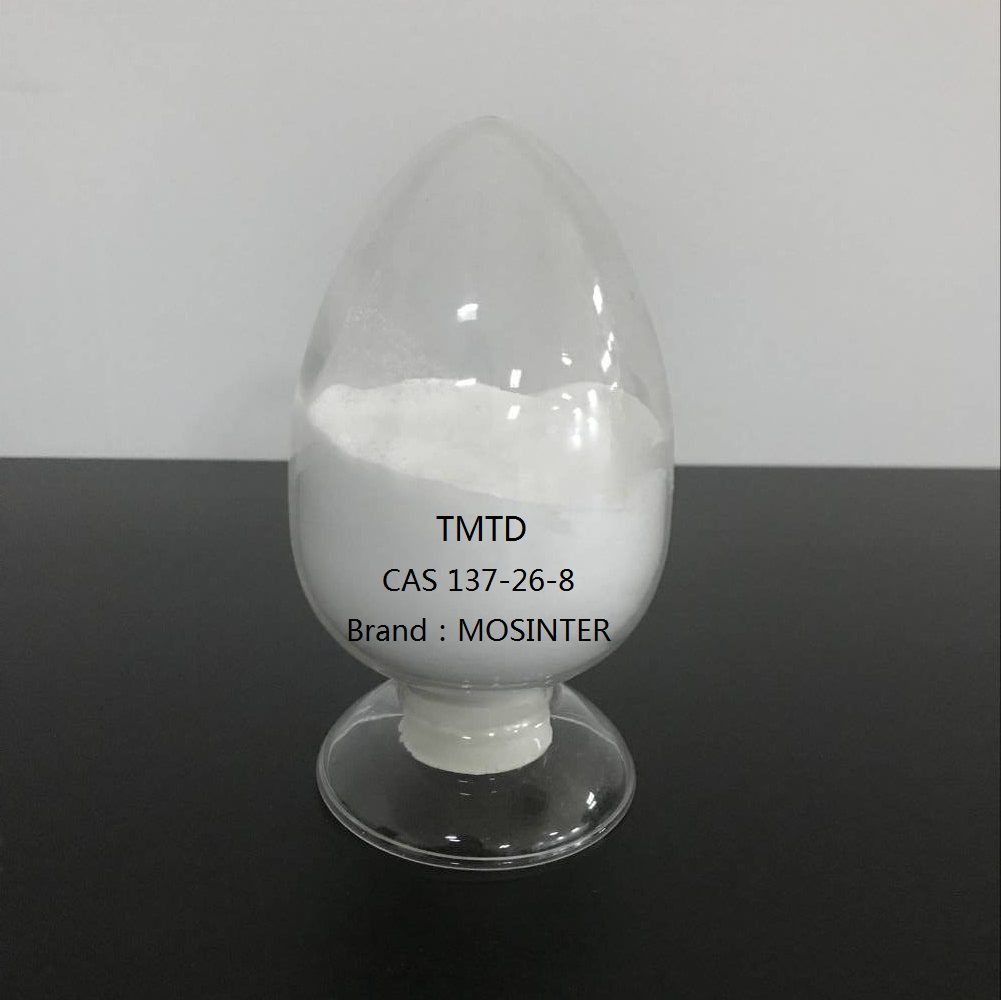
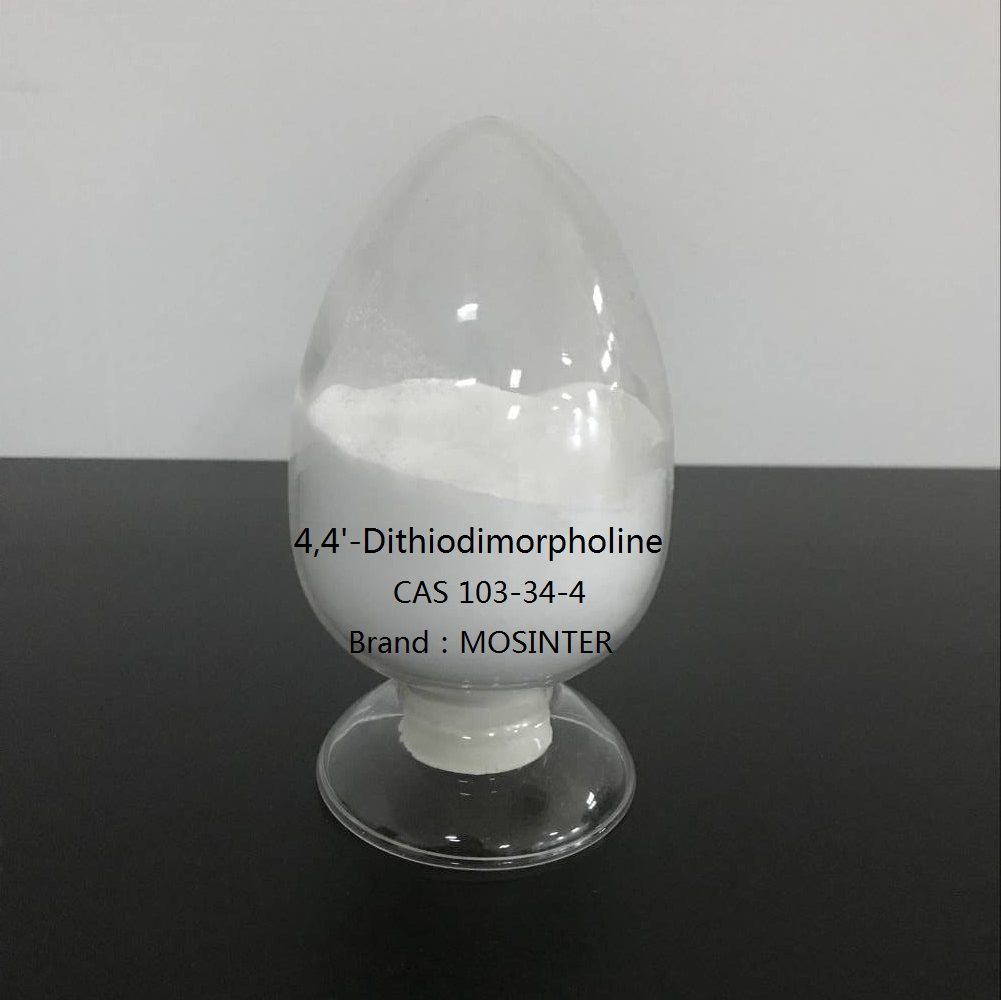
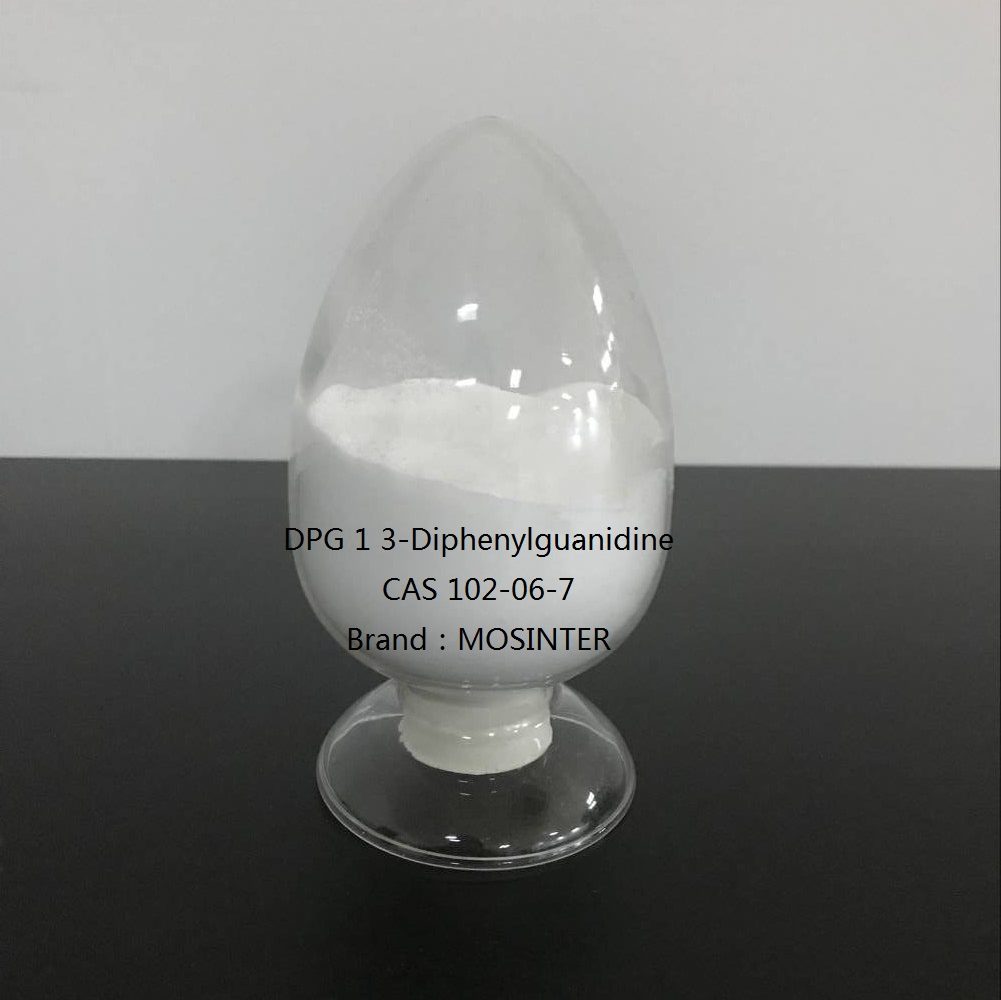
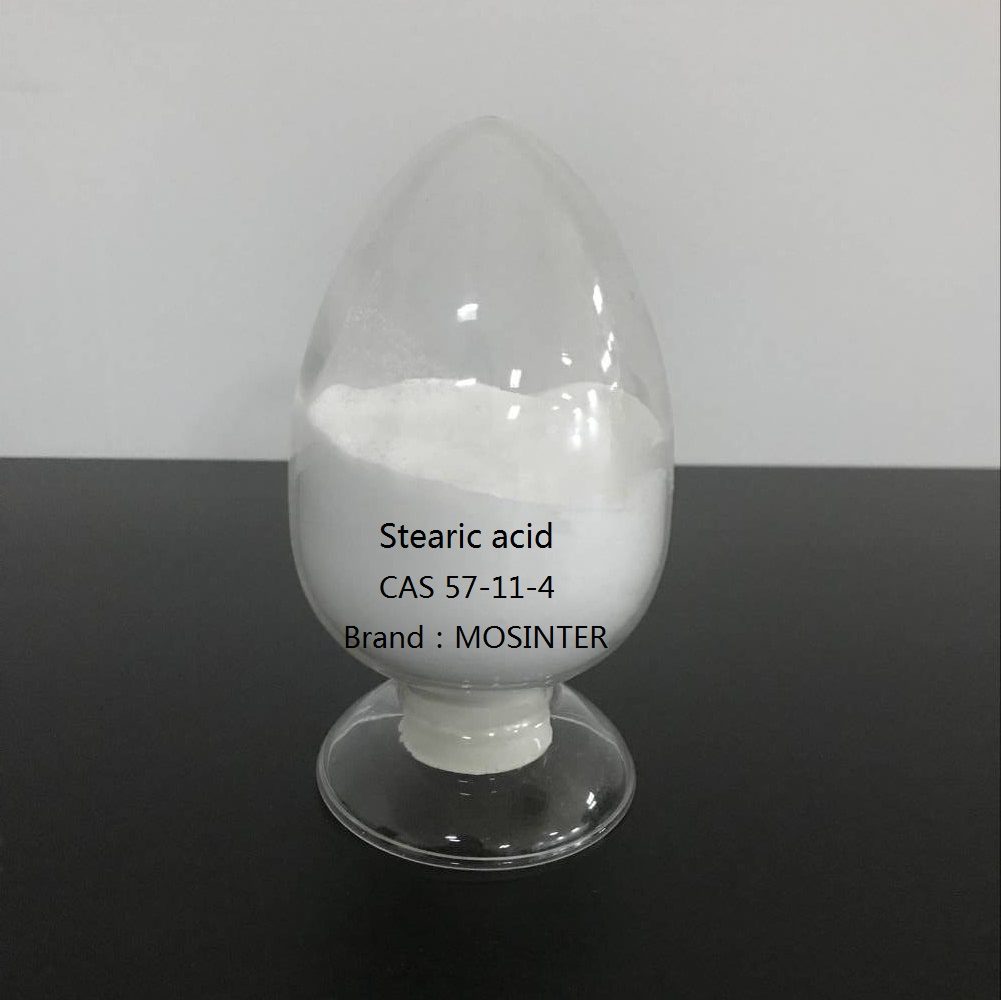
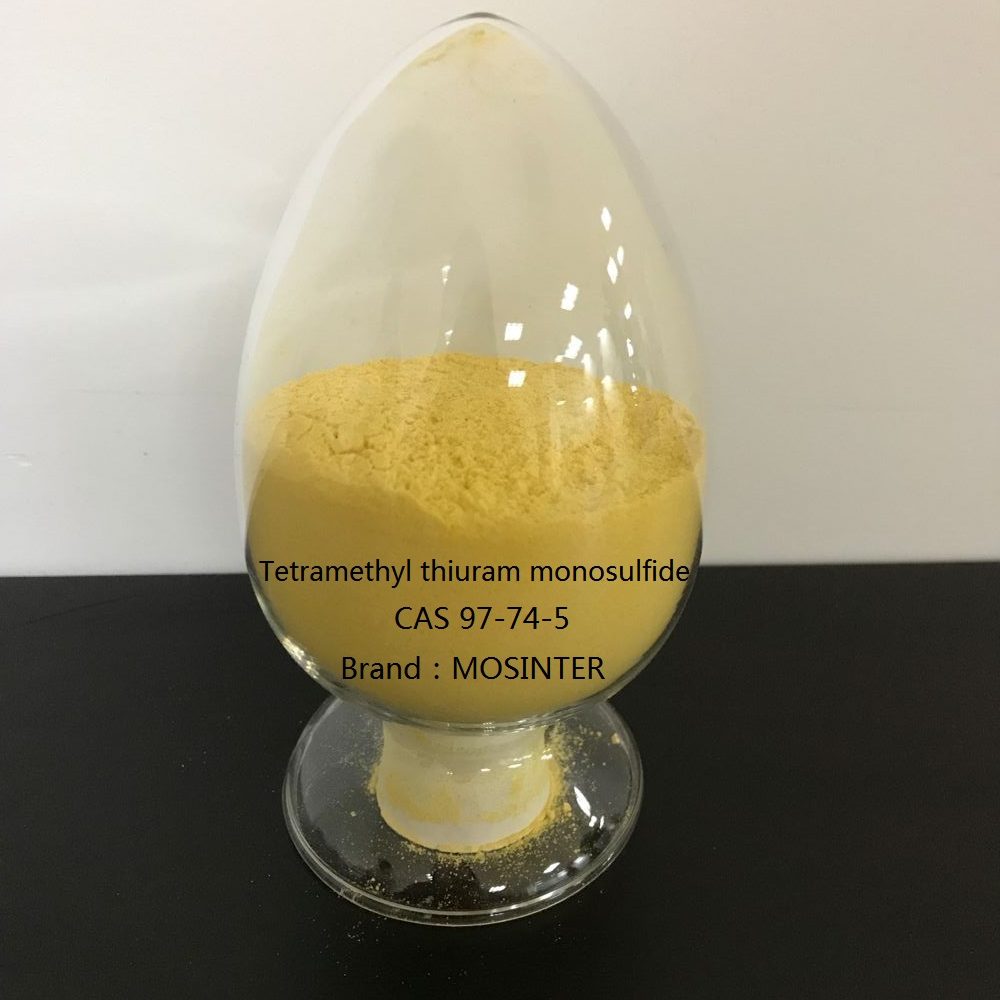
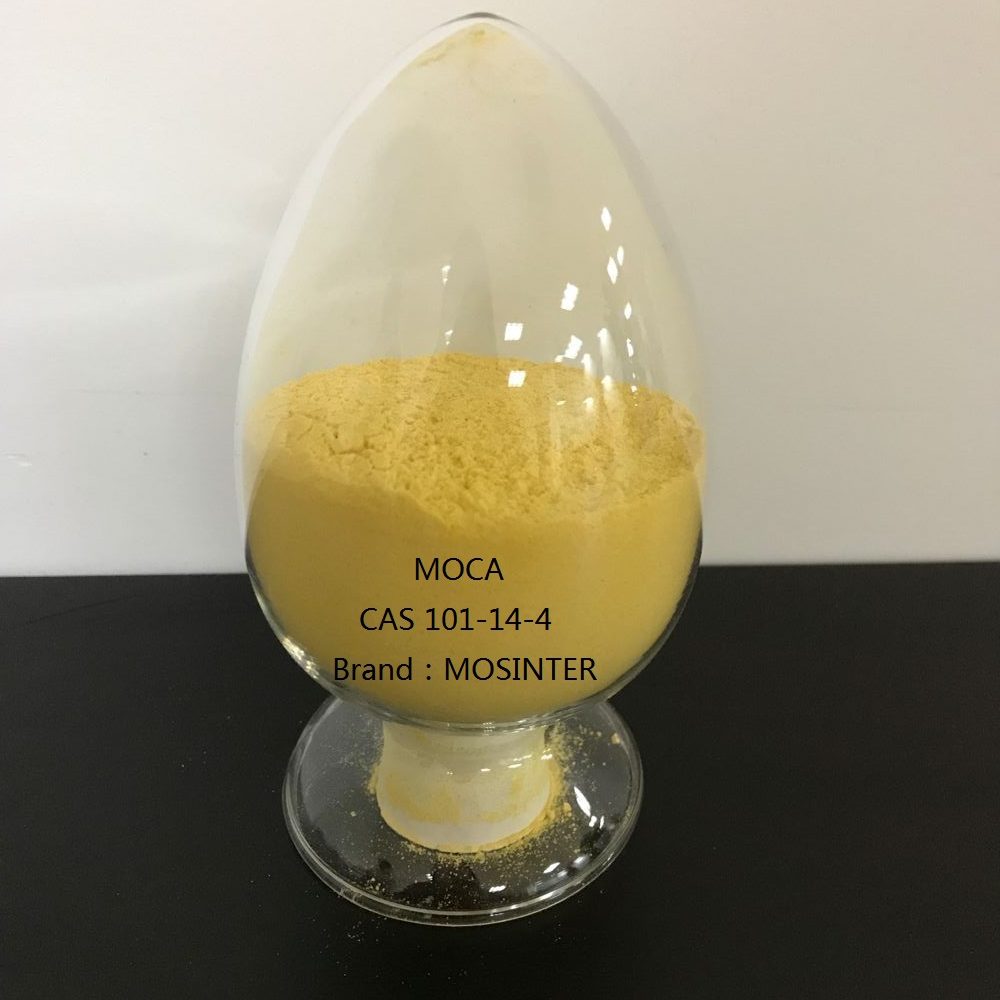
Reviews
There are no reviews yet.